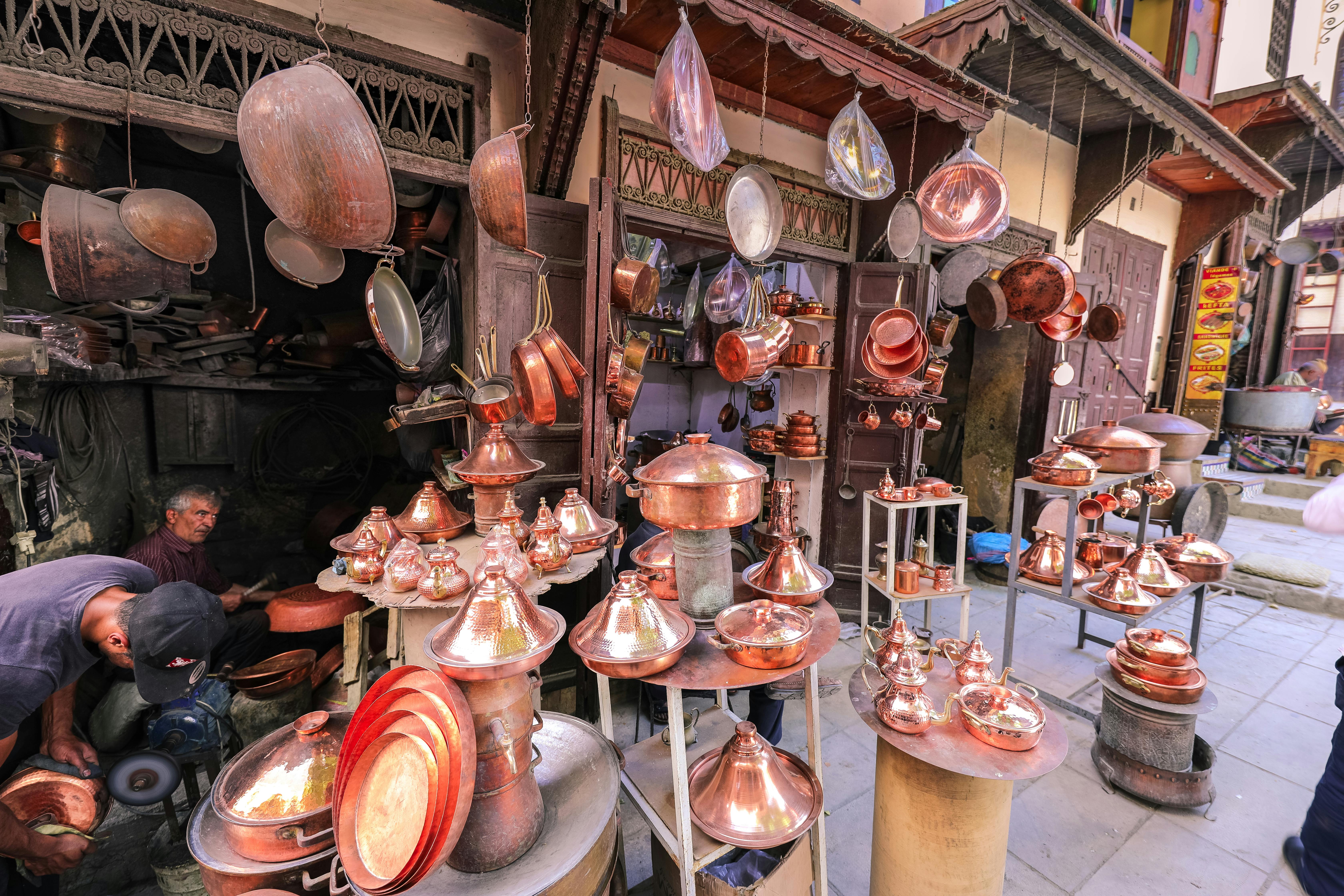-charge controller
-Drums
-Investor Website design By BotEap.comSolar Panel: The fundamental and essential component of a solar energy system is the solar panel or panels, which consist of a series of photovoltaic cells, which combine to generate a usable electrical current in real time. In the solar panel, the photovoltaic cells are linked together to generate an electrical current that is the sum of the currents produced by each cell. The serious DIYer can get PV cells, attach them to a plywood board, connect them together, and cover them with glass for protection. Purchasing a kit can provide the “less handy” an option that is still less than hiring a contractor but much less cumbersome since the part is included in the kit. Website design By BotEap.comController or charge regulator: This unit controls the charge of the battery to prevent overcharging. It also keeps track of the state of discharge of the battery during the night. By doing this, the charge controller maximizes the life of each battery, thereby maximizing the efficiency of your solar power system. Website design By BotEap.comBattery: Electricity that is not immediately used is stored in a battery or string of batteries. Marine or deep-cycle batteries are preferable to car batteries because they are capable of storing all or virtually all of the electricity generated by solar panels, thus minimizing waste. Such batteries are capable of storing much more energy than a standard car battery. Can car batteries be used? Of course, but remember, you will need more to do the same job. Website design By BotEap.comInverter – Virtually all of our electrical appliances use AC or alternating current, while the electricity generated and stored in our solar power system is DC or direct current. Thus, the inverter is the key to converting DC current to AC, creating electricity to power everything from your lights to your refrigerator. This is the key to converting the sun’s energy into a form that can be used to power your appliances. Website design By BotEap.comIf a solar panel system is designed with the intention of generating enough electricity to “sell it back” to the grid, the components will include the AC breaker panel and a kilowatt hour indicator. The KW hour indicator, for example, is needed to track how much current is being provided to and from the grid to determine the charge or credit that appears on your monthly electric bill. Website design By BotEap.comWhen considering which way to go in your quest for energy conservation, don’t forget some of the less expensive and more cost-effective options, like energy-saving fluorescent light bulbs.
